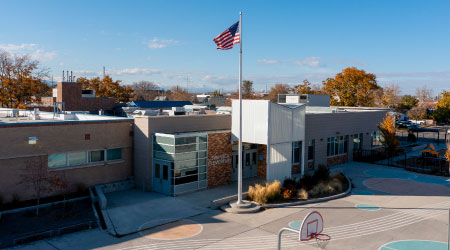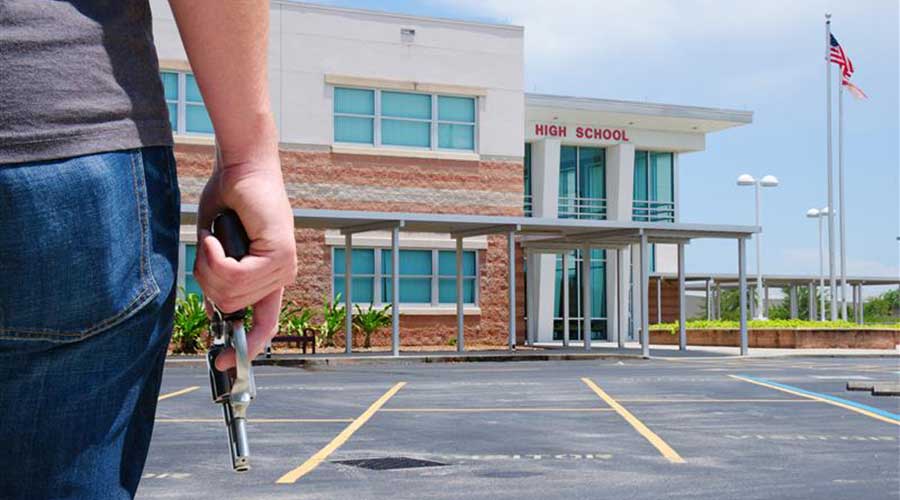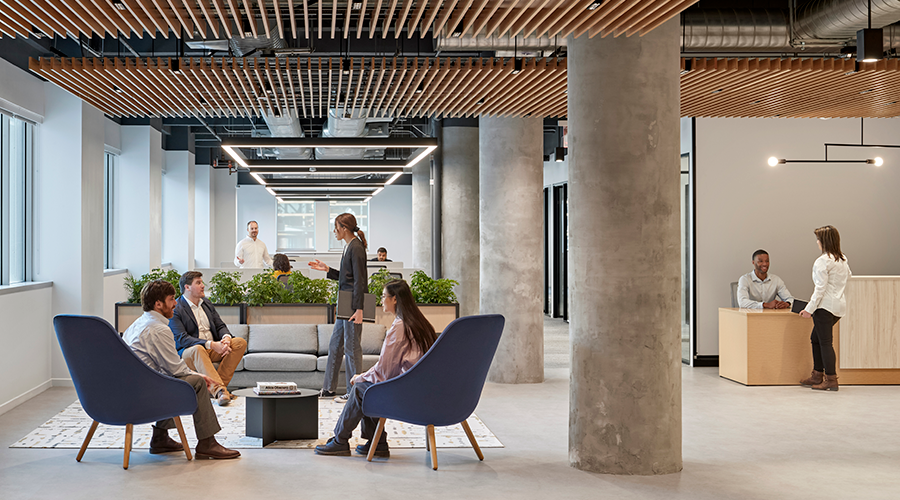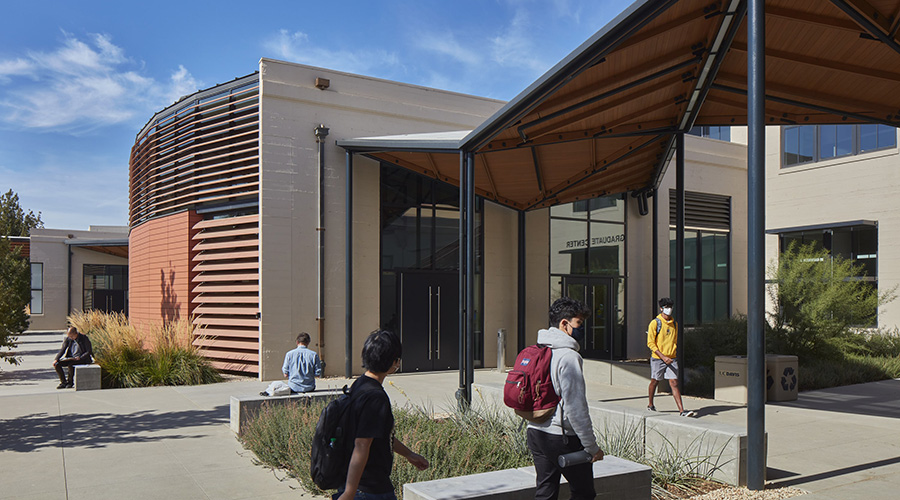Off-Campus Student Housing: Keep it Safe and Sensible
Instead of fancy features, students want spaces where they can feel comfortable
By Doug Carroll, Contributing Writer
What do today’s college students want in housing options? The answer might surprise facility managers. Students say they’re not looking for five-star, off-campus resorts where they can major in fun.
“They are the no-BS generation,” says Cindy Schaumberg, principal at Ankrom Moisan, a Portland, Oregon-based architecture and design firm that surveyed 360 college students in 2023 about their housing priorities. “They don’t want you to provide them with things they won’t use. And they’ve grown up in an era of school shootings. They have been impacted by that. They want a safe place. Their parents also want that for them.”
Ankrom Moisan has been at the forefront, designing off-campus housing for developers in Bloomington, Indiana; Columbus, Ohio; and Seattle. Projects are in the works in Tucson, Arizona; Los Angeles; Knoxville, Tennessee; and West Lafayette, Indiana. Large, highly regarded universities are in all those places. At least five define themselves as campus towns.
Although the firm doesn’t work directly with the universities, it does take a close look at demographics and uniquely local aspects, Schaumberg says. The number of beds for a project typically ranges between 500 and 1,500, and floor plans ascend from studio apartments up to six-bedroom units that feed into a common area.
“The most challenging thing is the balance of space and amenities,” Schaumberg says. “You want these places to be as nice as possible and to have as many units as you can.”
The survey revealed that students want:
- Inclusivity and belonging. They want places that feel like neighborhoods, with shared values, emotional support and face-to-face interaction. Fitness facilities and gender-neutral bathrooms get a thumbs-up.
- Connection to nature. Recycling, composting and a lighter carbon footprint matter to them, in addition to access to the natural world.
- Adaptive wellness. Designs, programs and amenities should reflect the importance of mental health.
- Pragmatic spaces. Those rooftop lounges and lazy, winding rivers that were sold as campus amenities to millennials a few years ago? Out of fashion. Now in: Communal-use concepts for studying and socializing.
- Authentic expression. They might be coming from a year spent in an on-campus residence hall or at home with parents, and they don’t want a false sense of community. Keep it real.
Schaumberg says that in the planning stages, facility managers weigh in on maintenance aspects and leasing personnel provide input on marketing.
Ankrom Moisan’s Tucson project, scheduled to open in 2026, will include bicycle repair, a climbing wall, a swimming pool and artwork in the form of a mural. All of those reflect various dimensions of life in the Southwest, Schaumberg said. Its Los Angeles project, near USC and scheduled for a 2025 opening, will have an urban “oasis” feel.
“The trend for these projects started about 10 years ago and has been building up,” Schaumberg says. “The bulk of work for our firm is in multifamily housing. But as long as the need is there (for off-campus student housing), I’d imagine that this will keep going for another 10 years, at least.”
The survey “confirmed what we had been thinking,” she says. “It’s not about the big toys (with students). They’re there to learn. They’re attentive to cost and focused on careers and graduating.”
Doug Carroll is a freelance writer based in Chandler, Arizona.
Related Topics:












